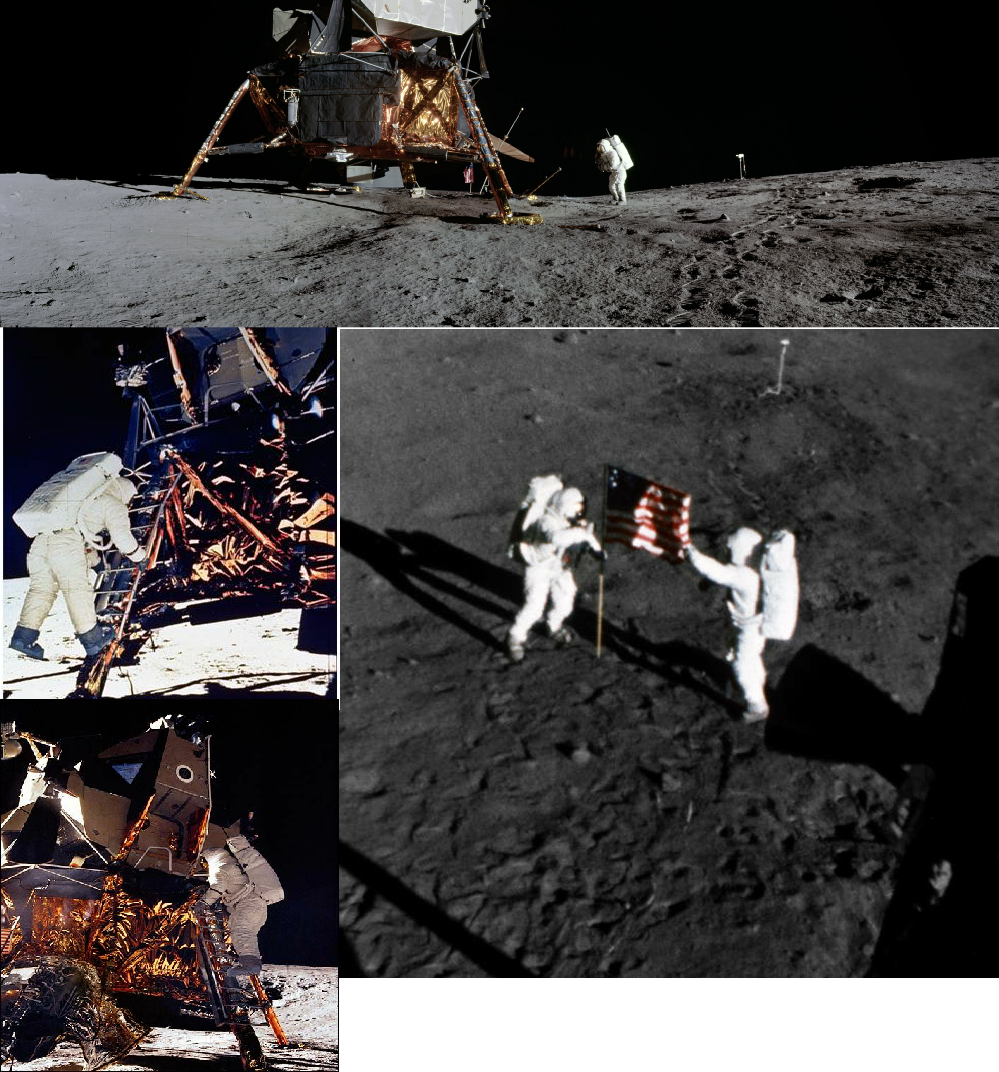August 2019
Apollo 11 Lunar Module
Page & Text © www.gengriz.co.uk
Pictures of Apollo Missions -
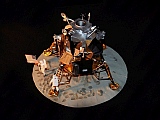
Design of the Apollo Lunar Excursion Module (LEM), as it was originally known, began in 1962, with Grumman Aircraft as the lead contractor . A total of ten LMs were launched into space, with six landing on the moon between 1969 and 1972. Of the remainder, mainly used for training and test flights, the LM from Apollo 13 “Aquarius” was used as a temporary lifeboat to keep the crew alive after damage to the Command module.
The LM consisted of 2 main sections; a Descent section with a landing motor, fuel, batteries and cargo stowages. All 6 of these descent stages still remain intact on the surface of the moon where they landed. The upper ascent stage contained the crew cabin, life support, sensors and communications as well as the ascent motor and manoeuvring nozzles. It used the descent stage a s a launch platform. After rendezvous and jettison, the ascent stages were deliberately crashed into the moon as a seismic experiment.
The real thing -

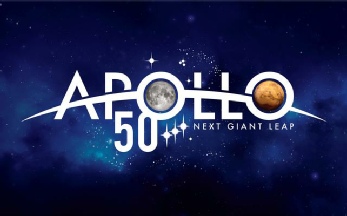
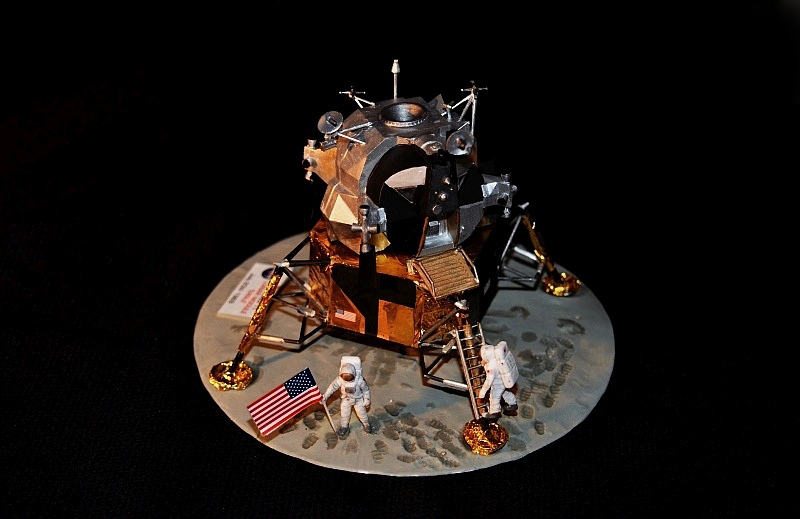
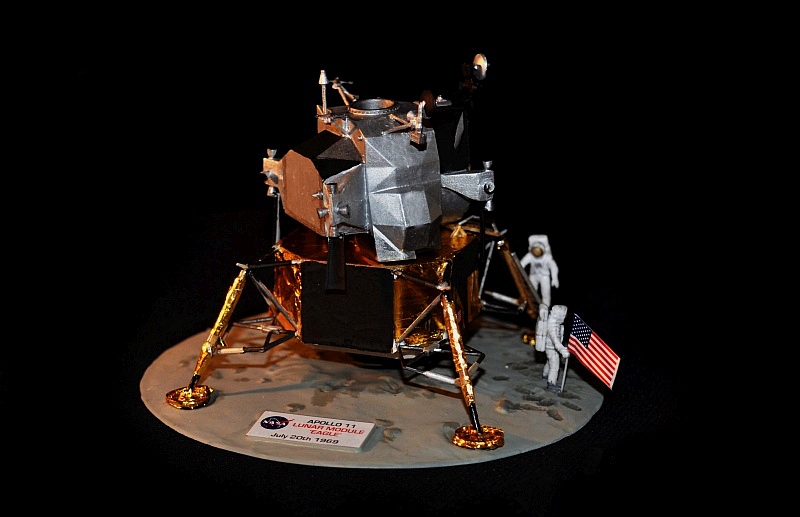
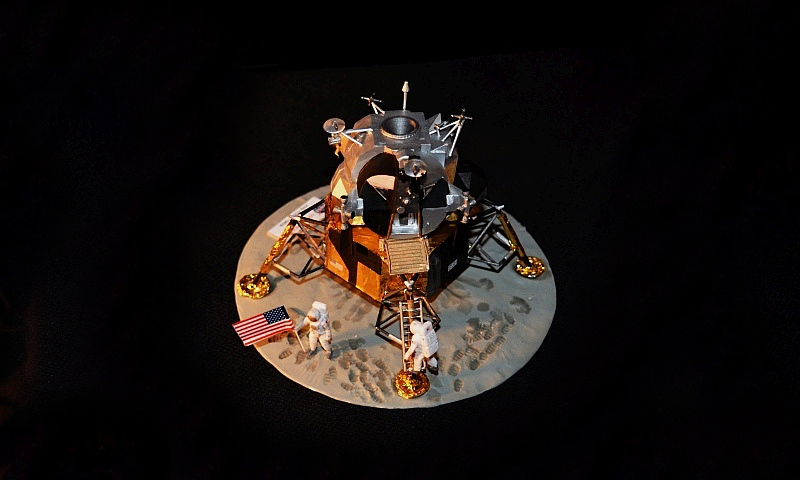
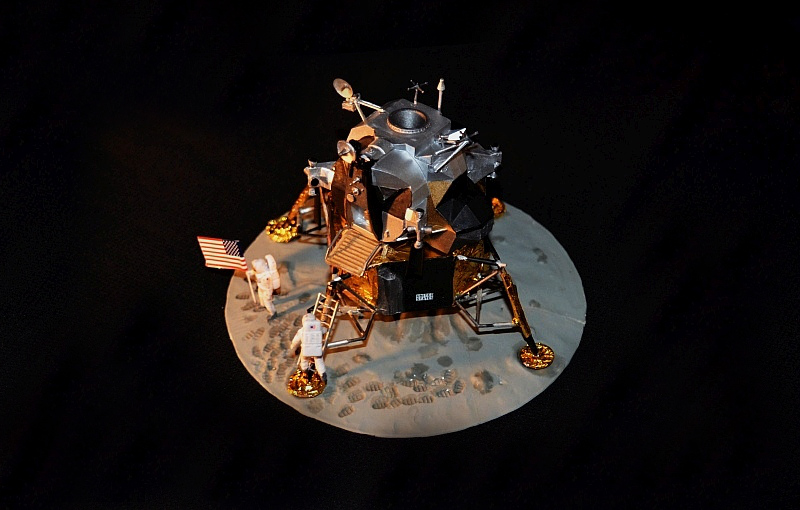
Grumman LM-
Apollo 11, Tranquility Base, The Moon, July 20th 1969.
NASA (US National Air & Space Administration)
Airfix 1/72 (2009 issue)
“Houston, this is Tranquility Base, the Eagle has landed….”
“One small step for man, one giant leap for mankind….” Neil Armstrong
20th July 2019, marked the 50th Anniversary of Apollo 11 landing on the Moon in 1969.
After a 4 day transit from Earth to the Moon, the “Eagle” Lunar Module, piloted by Neil A Armstrong and Edwin “Buzz” E Aldrin Jr, separated from the Columbia Command Module and descended to a soft landing in the Sea of Tranquility.
Michael Collins, pilot of the Columbia, remained in orbit around the Moon for the next 21 hrs until Eagle’s ascent stage climbed from the Moon’s surface to rejoin him. After docking, Eagle was jettisoned into a decaying orbit and Columbia returned to Earth, splashing down in the Pacific Ocean on 24th July
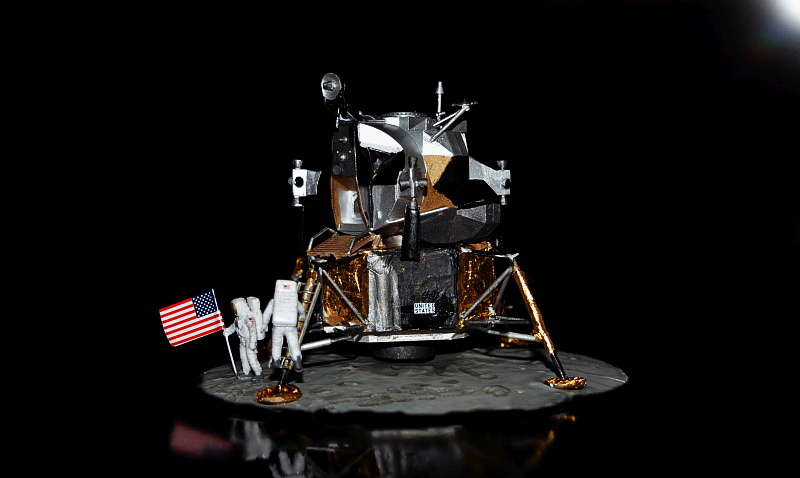
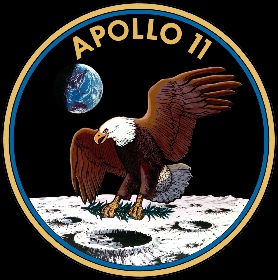
This is my second build of the Airfix Lunar Module kit, my first being back in about 1972! I’ve done it a little more justice this time and found it a very pleasing, if sometimes rather fiddly little kit. The kit includes many of the experiments that featured in later Apollo missions, plus a plaque for the November 1969 Apollo 12 mission. LMs did vary between missions, and some of the detail in this kit will not be correct, so check your references.
Mine was the 2009 release, issued for the 40th Anniversary with a large vacform base,
lots of gold foil and including the contents of Airfix’s polythene Astronauts figures
sets. My base and astronauts were missing but of no major concern to me -
Airfix have stated that they intend to re-
